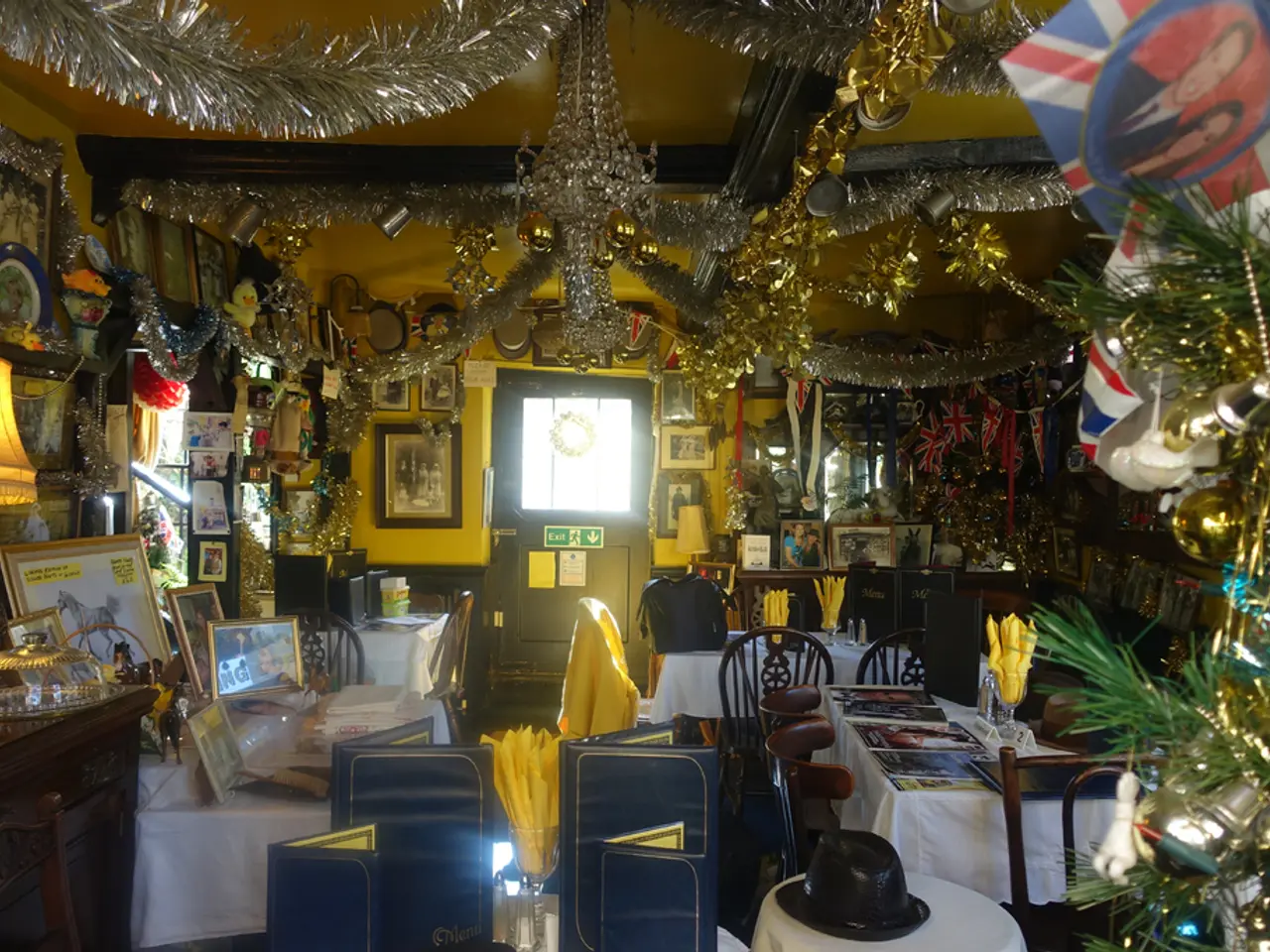Guidelines for stylish home decorations by HÁM Interiors: Do's and Don'ts in Home Design
In a world where modern minimalism often reigns supreme, the charm of age and history in a home never fails to captivate. By incorporating freestanding furniture and antiques into home design, you can add significant character, flexibility, and style to your living spaces. Here are some expert tips on how to use these elements effectively.
**Using Freestanding Pieces to Define Zones**
Freestanding furniture is excellent for creating distinct zones, especially in open-plan living areas. For example, a sideboard or console table can act as a subtle room divider, defining the seating area without closing off space.
**Flexibility and Mobility**
Unlike built-in furniture, freestanding pieces can be moved around easily, allowing you to refresh your space frequently. You can reposition a dresser, coffee table, or antique cabinet to create cozy corners, improve traffic flow, or update your room's look with minimal effort.
**Mixing Modern with Antique**
Antiques add a timeless charm and a story to your decor. Pairing antiques with contemporary freestanding furniture creates a curated, eclectic style that feels personal and unique. For instance, an antique dresser converted into a kitchen island can bring historical character into the heart of the home while serving a functional purpose.
**Creating a Cohesive Look**
Select freestanding furniture that complements your existing antiques by considering color, texture, and scale. This helps unify the room and prevents the space from feeling disjointed, while antiques contribute warmth and a sense of history.
**Floating Furniture for Awkward Spaces**
Position freestanding furniture away from walls to improve flow and define areas in irregular or open layouts. For example, placing a console table behind a sofa creates visual interest and additional surface area for décor, making an awkward space feel intentional and cozy.
**Adapt and Customize Pieces**
Freestanding antiques often can be customized or repurposed—such as adding wheels to an antique dresser for a mobile kitchen island or refinishing the top to suit modern kitchen needs. This enhances functionality without sacrificing style.
These strategies not only add character and flexibility to your home but also blend function and aesthetics, creating a personalized, layered style that reflects your personality and taste.
In other aspects of home design, consider wall lights and picture lights for areas short on natural light, compare grout samples against your tile and wall colors, and opt for practical furniture choices for homes with little ones. Remember, a home should be for living in and enjoying.
Stepping back from Instagram now and then can help avoid being overwhelmed by trends and ideas, allowing you to create a home that is visually compelling, welcoming, and adaptable to your lifestyle.
- Incorporating freestanding furniture and antiques into interior design can add character, flexibility, and style to your living spaces, making them more captivating and personalized.
- By using freestanding furniture to define zones, such as sideboards or console tables acting as subtle room dividers, you can create distinct areas in open-plan living spaces and improve their visual appeal.
- Antiquing your home-and-garden decor with freestanding antiques not only adds a timeless charm and a story to your decor, but also creatively blends modern design with history, resulting in a cohesive, visually compelling, and unique lifestyle.




